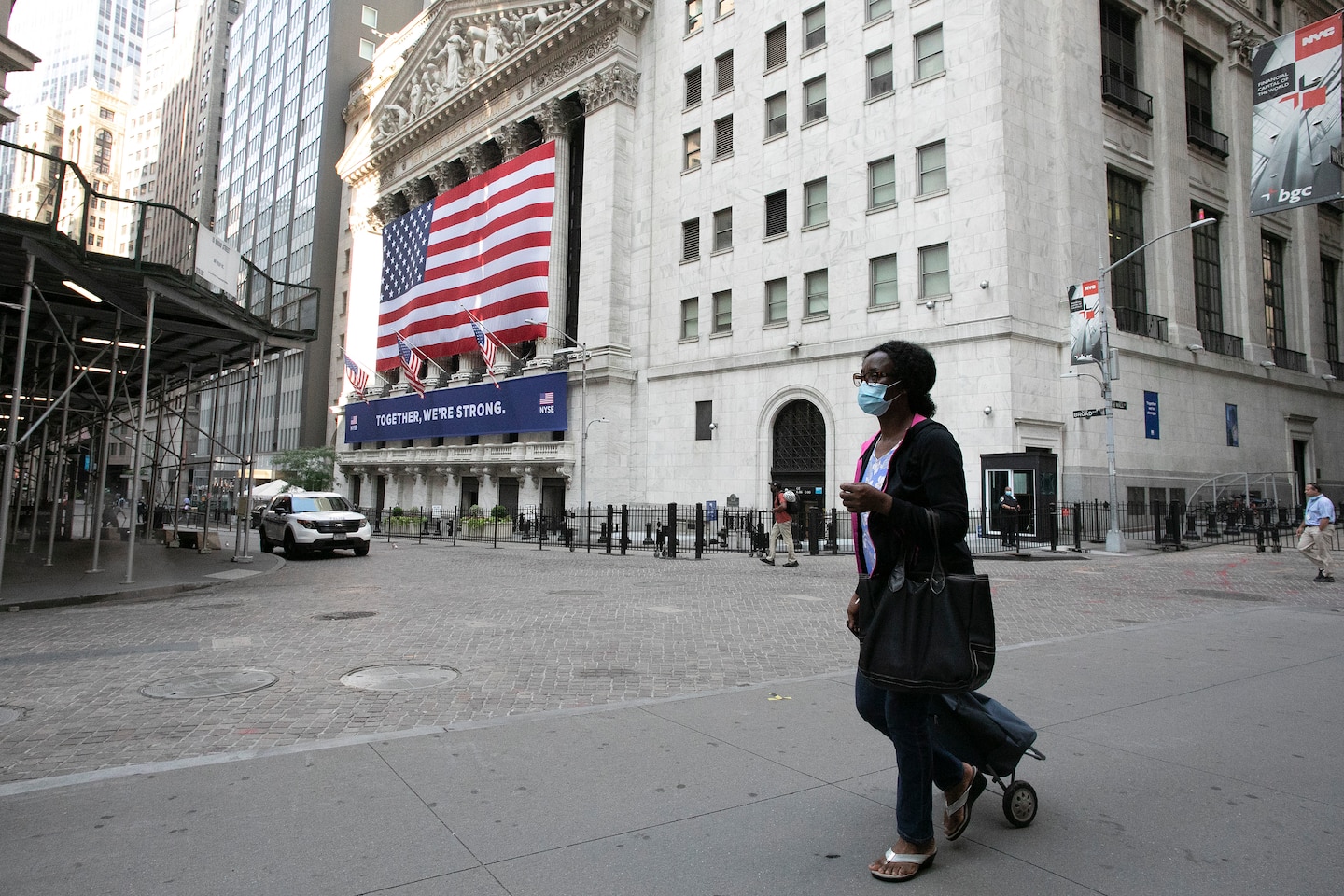The Fed interest rate cuts are costing money fund investors billions a year

That’s because money fund yields have fallen more than 90 percent since the beginning of March, when the Fed began cutting already-low short-term rates to near zero to help stimulate the economy.
“Never have so many gotten so little on so much money,” quips Crane Data President Peter Crane.
I’ll explain where all these numbers come from in a bit. But for now, I want to show you how the Fed’s cuts in short-term rates, part of a multi-trillion-dollar attempt to keep the U.S. economy from imploding because of the coronavirus, is clobbering people looking for a safe place to keep their money.
Meanwhile, as money fund yields drop, the tech-driven Nasdaq market regularly makes new highs. In addition, the Dow Jones industrial average and Standard & Poor’s 500 have recovered almost all of the steep, sudden losses (37 percent for the Dow, 34 percent for the S&P) they incurred from their all-time highs in February through March 23. That’s the day the market bottomed — at least for now.
Look, the Fed is doing what it thinks is best for most Americans. In fact, I’d probably side with Fed Chair Jerome H. Powell’s rate cuts if I were on the Fed’s Board of Governors.
But what’s best for most people isn’t best for all people. And the reason I’m taking you through this math is to show how much impact ultralow interest rates can have on people of modest means who need income from their savings to live on.
Now, to the money fund numbers.
There are no statistics I could find showing how much the Fed’s rate cuts have reduced the income of the people and institutions (such as schools, governments and such) that own money market funds.
So I worked out a way to estimate those numbers in several conversations with Peter Crane.
According to Crane, the average yield on the Crane 100 — 100 major money funds that have about 75 percent of all money fund assets — was 1.41 percent as of Feb. 29. As of June 30, the average yield was down to 0.11 percent. That drop to 0.11 percent from 1.41 percent is the 90 percent yield reduction that I talked about earlier.
As of June 30, the most recent date for which Crane has statistics, money fund assets totaled about $4.9 trillion. Apply the 1.3 percent difference between the Feb. 29 yield and the June 30 yield to $4.9 trillion and you get a $63.7 billion drop.
In other words, if money fund dividends were at the same rate now as they were before the Fed started slashing rates in March, fund owners would be making about $63.7 billion more a year in dividends than they’re making now.
Money funds entered the year with an average yield of 1.46 percent. The yield drifted down to 1.42 percent at the end of January, and 1.41 percent at the end of February. Then it plunged — dropping to 0.43 percent in March, 0.26 percent in April, 0.14 percent in May and 0.11 in June.
Crane says managers of more than half the money funds in its universe have reduced their fees to make sure that returns on their funds don’t turn negative.
If that happened, of course, there would be a stampede out of funds and possible financial panic as funds had to liquidate investments to cover the withdrawals. That’s what was starting to happen in 2008, when the Reserve Fund “broke the buck” because some Lehman Brothers securities in its portfolio plunged in value and its assets fell to about 97 cents a share from the standard $1 that investors count on paying when they buy and getting when they sell.
The Fed and the Treasury Department had to set up a rescue operation to reassure holders in other money funds that their money was safe. Which, it turns out, it was.
I don’t expect anything like that to happen this time — at least, I hope it doesn’t.
I expect more money fund managers to cut their fees and for yields to keep drifting down as higher-yielding securities funds bought a while ago mature and are replaced by lower-yielding securities.
In the last cycle, kicked off by the 2008-09 financial meltdown, the Crane 100 yield bottomed out at 0.02 percent. Don’t be surprised if yields get that close to zero this time around, too.
Read more:






